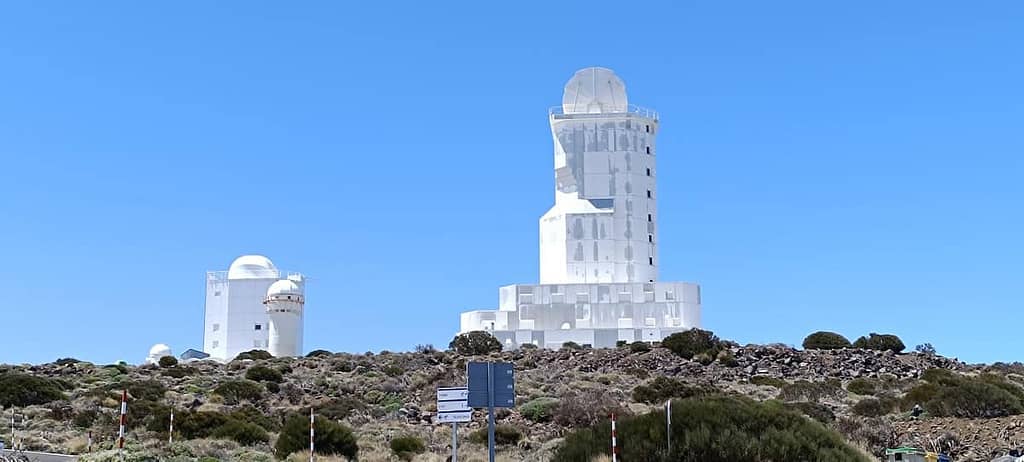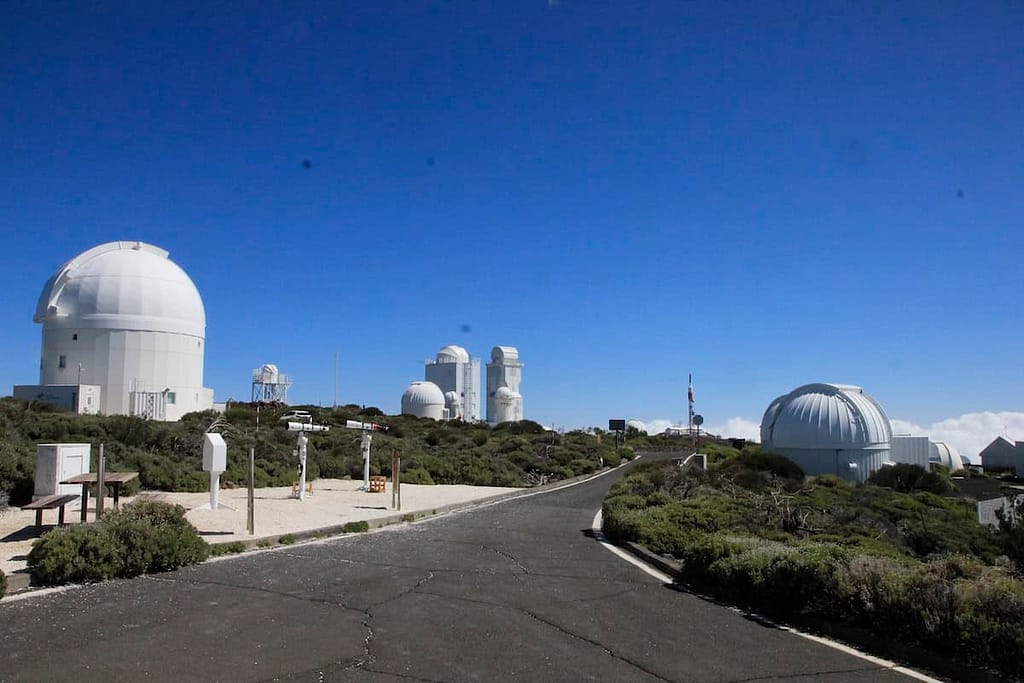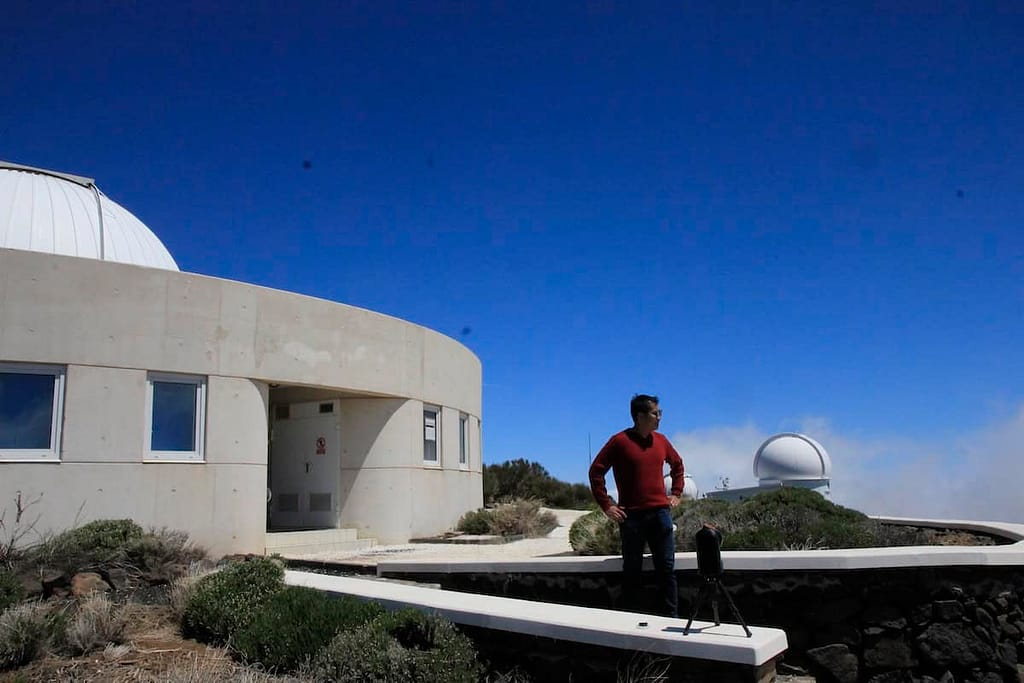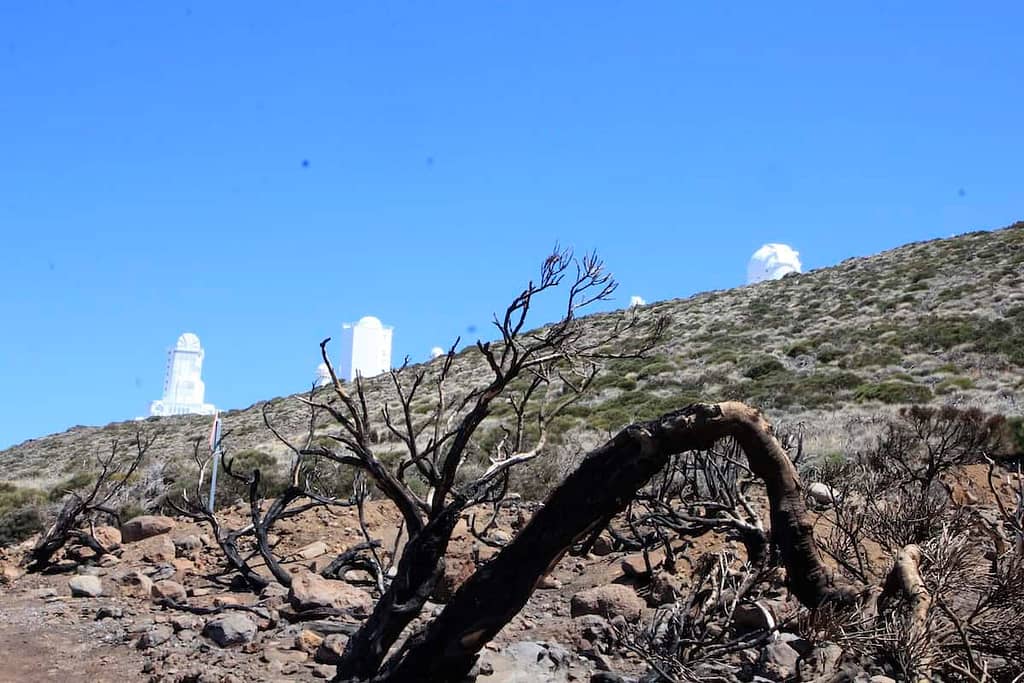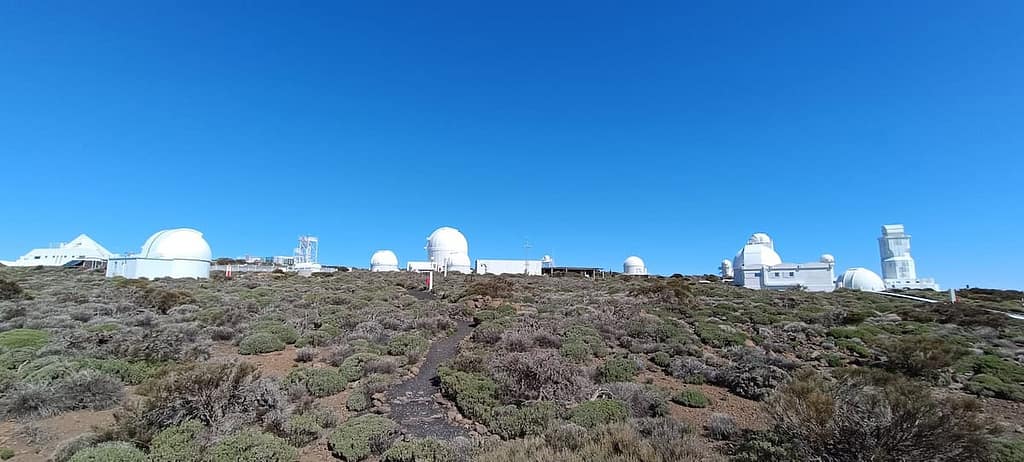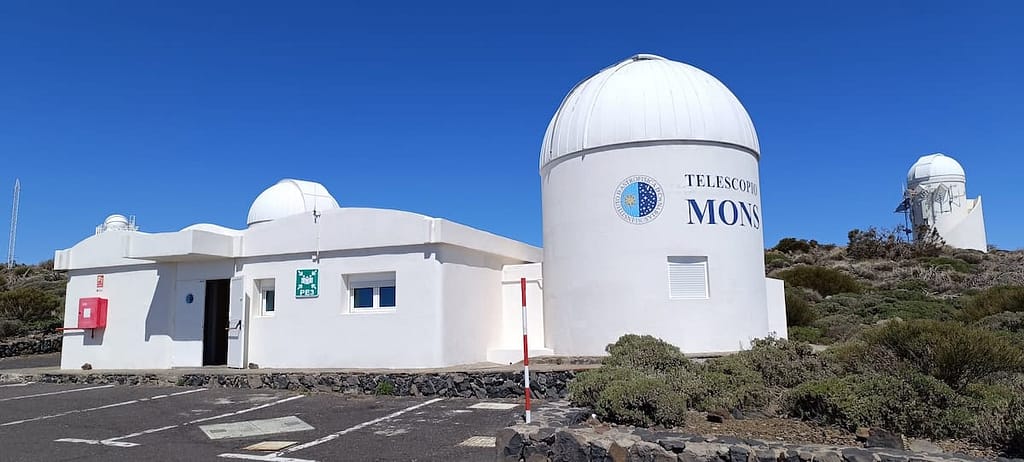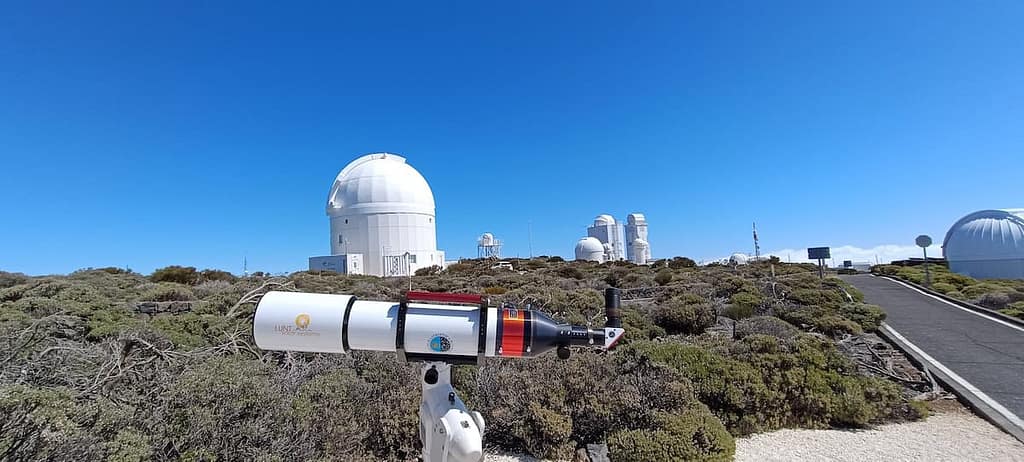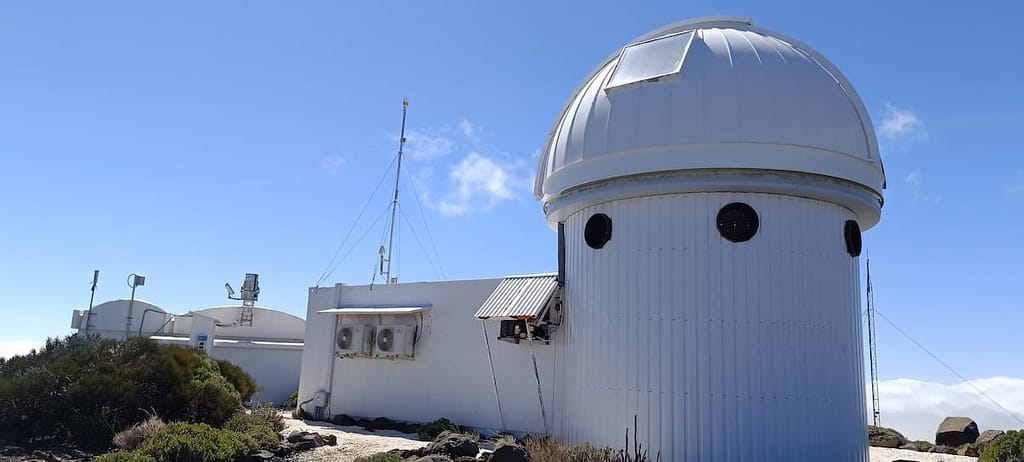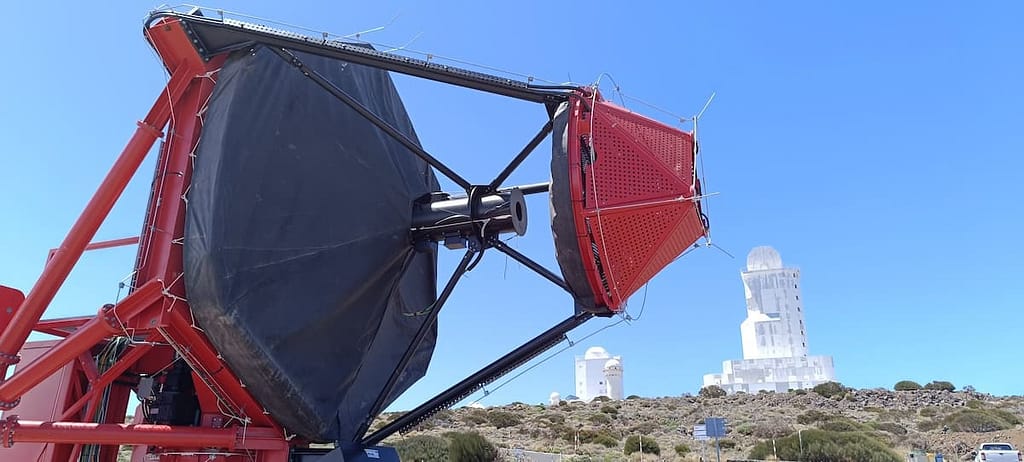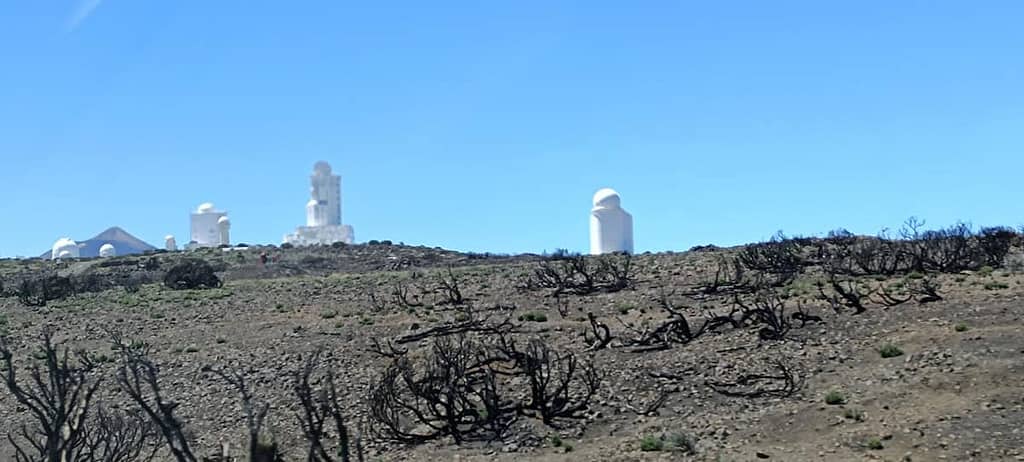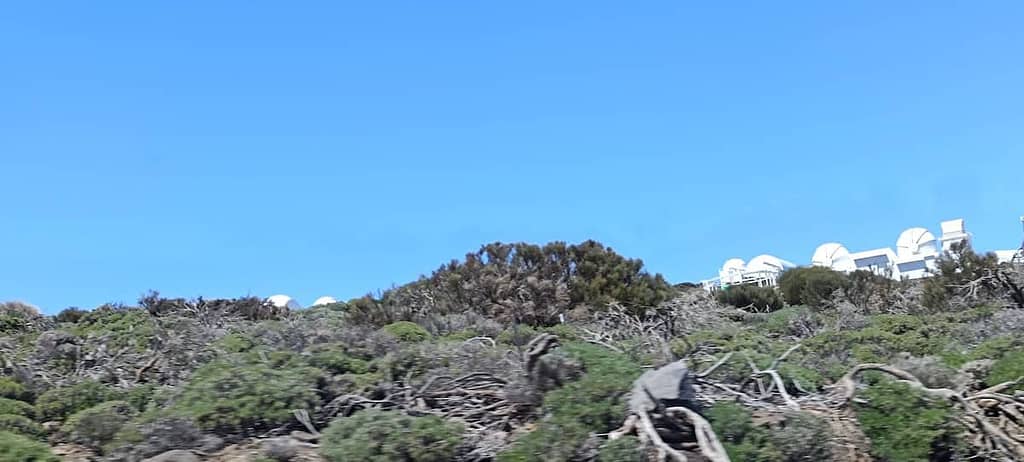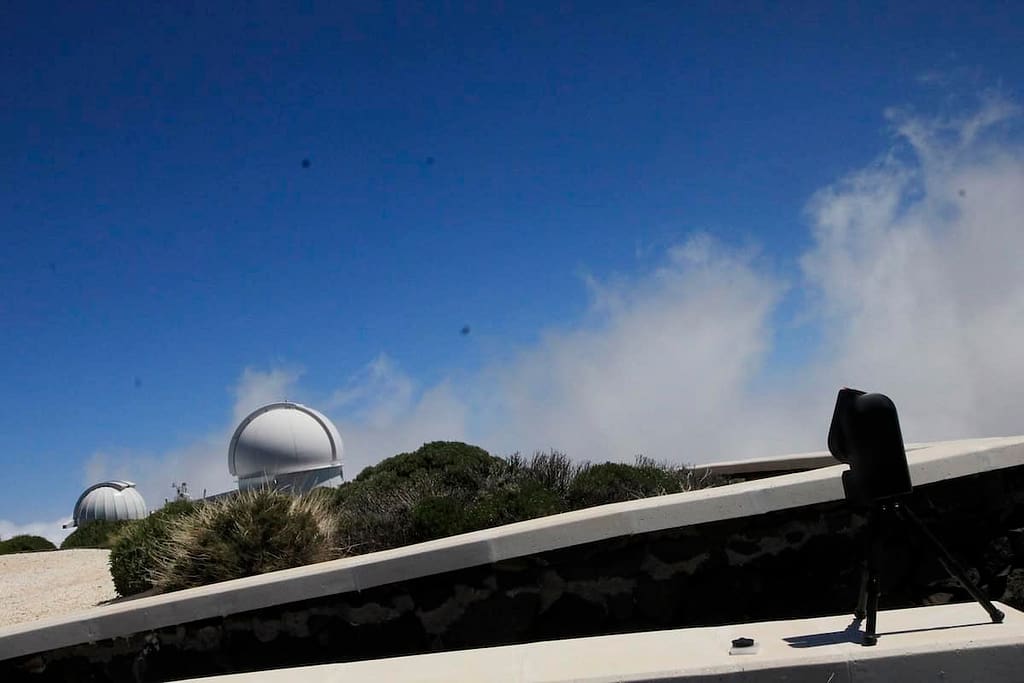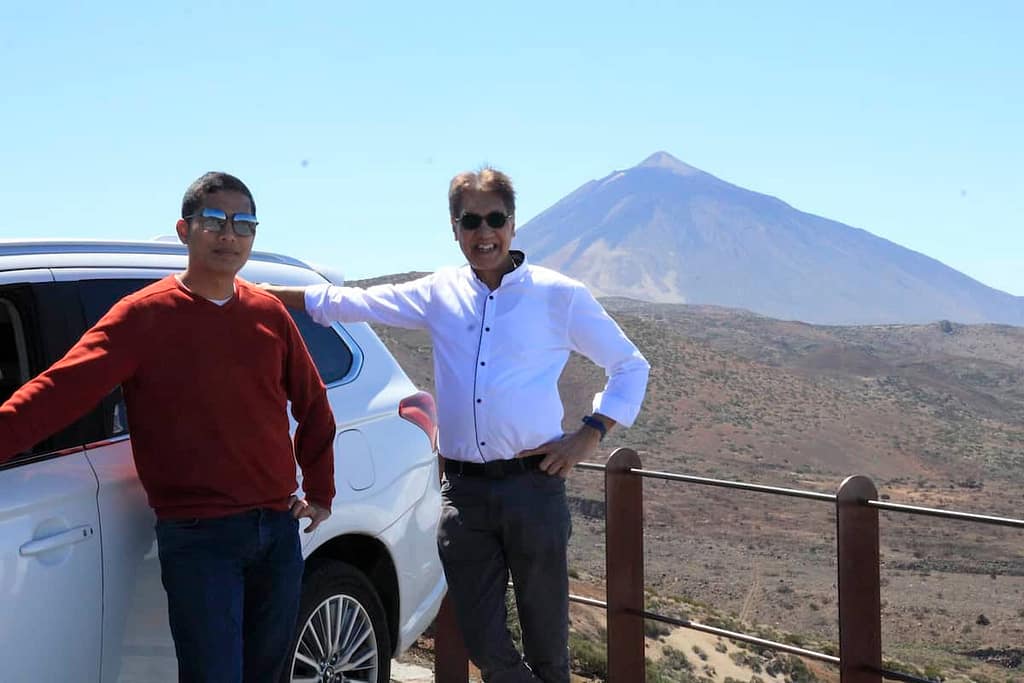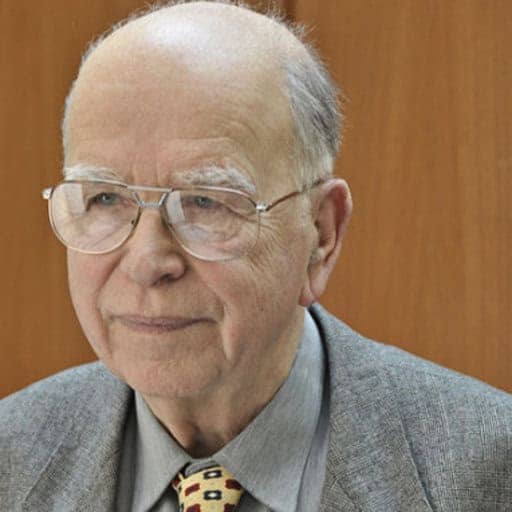
For almost 70 years, astronomers have been listening to radio signals from beyond the Solar System, searching for “techno-signatures.” Data collected has increased many folds. Innovative technologies of digital signal processing and artificial intelligence analyse the data in ways never done before. Still, no clear, unambiguous techno or biosignatures have been detected.
You may have heard the announcement about an exoplanet (K2-18b) capable of supporting life, 124 light-years away. The data appears promising, but it is far from definitive.
A two-day Breakthrough Discuss conference held on 23rd and 24th April 2025 in Oxford England, took stock of the latest developments through three main sessions: “Forms of Non-Terrestrial Life”, “The Nature of Consciousness and Intelligence”, and “Detecting Life As We Do Not Know It”.
Breakthough Discuss was overseen by the Chairman of the Breakthrough Foundation, in this interview Dr Pete Worden. A former Brigadier. General, astrophysicist, professor and director of NASA Ames Research Centre talks about
– How and when he became involved with the Breakthrough Initiatives and current status of each
– His reflections on this year’s Breakthrough Discuss
– His interest in astronomy as a child
– What happened to his astronaut application to NASA
– His distant familial connection with his namesake – Al Worden Apollo 15 Command Module Pilot
– His assessment on where we are with the the search for extraterrestrial life and intelligence
Recordings of Breakthrough Discuss presentations are available on the YouTube channel

